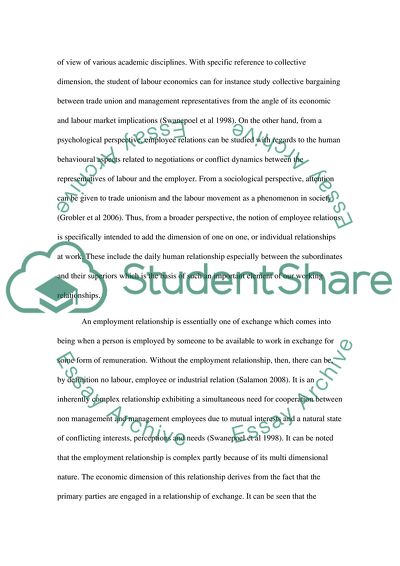Cite this document
(The Concept of Employee Relations Literature review, n.d.)
The Concept of Employee Relations Literature review. Retrieved from https://studentshare.org/human-resources/1745726-what-is-employeerelations-a-review-of-different-perspectives-approaches-and-definitions
The Concept of Employee Relations Literature review. Retrieved from https://studentshare.org/human-resources/1745726-what-is-employeerelations-a-review-of-different-perspectives-approaches-and-definitions
(The Concept of Employee Relations Literature Review)
The Concept of Employee Relations Literature Review. https://studentshare.org/human-resources/1745726-what-is-employeerelations-a-review-of-different-perspectives-approaches-and-definitions.
The Concept of Employee Relations Literature Review. https://studentshare.org/human-resources/1745726-what-is-employeerelations-a-review-of-different-perspectives-approaches-and-definitions.
“The Concept of Employee Relations Literature Review”. https://studentshare.org/human-resources/1745726-what-is-employeerelations-a-review-of-different-perspectives-approaches-and-definitions.


